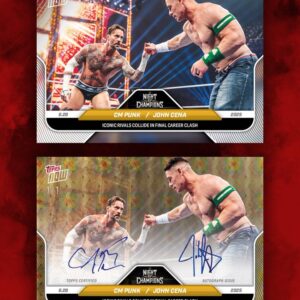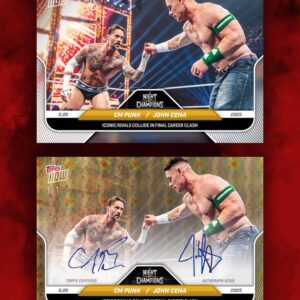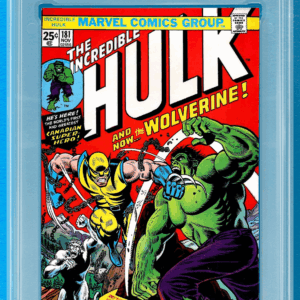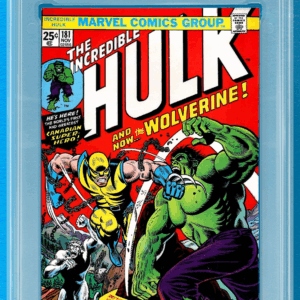Imagine this: you’re sorting through your cherished Magic: The Gathering cards, perhaps lingering just a little longer on your Black Lotus, when a shadow of doubt crosses your mind. Is it real? Could it be that a crafty counterfeiter has slipped something past your careful collector’s eye? You’re not alone; this fear is a sentinel that haunts many a card enthusiast. Counterfeit Magic cards have become increasingly sophisticated, posing challenges even for seasoned collectors. But fret not! By sharpening your detection skills, you can stay ahead in the game.
Your senses are an excellent first line of defense. Begin with touch. Genuine Magic cards greet your fingers with a satisfying matte texture, a comforting reminder that you’re holding something special. If a card feels slick or unusually glossy, akin to something you might idly flip while perusing a laminated café menu, it deserves a second glance. When in doubt, compare it to a known land card from the same edition. The contrast can often reveal the imposter lurking under your nose.
Light will be your next ally in this quest for authenticity. Not merely to read late into the night, a flashlight can also illuminate the truth about your cards. Hold your suspect card up to the light. Authentic Magic cards have a distinct construction—a blue core sandwiched between layers of paper. This will allow the light to pass through, casting a soft, cool hue. On the contrary, counterfeit cards can either be too thick, blocking light entirely, or excessively thin, which results in an overly bright or washed-out appearance. Trust in the glow for guidance.
Next, arm yourself with a jeweler’s loupe, a small but mighty tool that can transform you into a card-detecting detective. At 30x magnification, this magnifying marvel exposes the intricate details that separate the genuine from the phony.
Focus your loupe on the art and text box. Real Magic cards are printed using a precise method that results in tiny, round dots, forming a rosette pattern. It’s a delicate floral mosaic, a testament to their authenticity. In contrast, counterfeit cards often betray themselves with blurry dots, digital pixelation, or incongruent grids. If the image looks like a low-res online photograph, it’s probably not the real deal.
Turn your attention next to the magic of the ink. Magic cards are known for their solid black ink, particularly in names, mana symbols, and text. It’s a bold, proud layer laid down separately. Under magnification, the black should look pure and consistent. In contrast, a fake might use a composite black concocted from colored dots, creating a fuzzy picture when examined closely.
Don’t overlook the green mana symbol on the back of the card. Inside its yellow-green border, you’ll find the distinctive red dot pattern forming an upside-down “L.” It’s a tiny detail but a critical one. A missing, misplaced, or fuzzy dot is often a signal that you’re dealing with a counterfeit.
Since 2015, Wizards of the Coast has employed an additional safeguard for rares and mythics: an oval hologram stamp. This isn’t just decorative flair. A genuine hologram should sit flush with the card surface and contain microtext—such as planeswalker symbols and mana icons. Forged stamps might appear grainy, ill-fitting, or as though hastily transplanted from elsewhere.
However tempting it might seem, resist the urge to physically stress your cards to test their validity. Tearing or bending in search of a blue core will more likely ruin a genuine card than expose a fraud. Instead, rely on non-destructive tests; modern counterfeiters have cunningly adapted to more aggressive methods.
The key to outsmarting forgeries lies in using a combination of these techniques. Each method you apply builds a case, either for or against a card’s authenticity. With time, you’ll develop an instinct for the subtle nuances and red flags that scream counterfeit. The tactile feel, a soft glow in the light, and a magnified inspection will serve as your trinity of detection. As you refine your skills, your alertness will ensure your collection’s integrity, fostering a playing field as honest as the game itself.
Being a card collector is as much about discernment as it is about luck. Your vigilance not only secures the value of your cards but honors the spirit of Magic: The Gathering. In doing so, you’re not just collecting cards, but guarding the legacy of endless duels and hard-fought battles between friends. Whether forced into a decision by a card’s weight under your thumb or its dance in the light, you’ll know when you’re holding Magic—and when you’re not.






